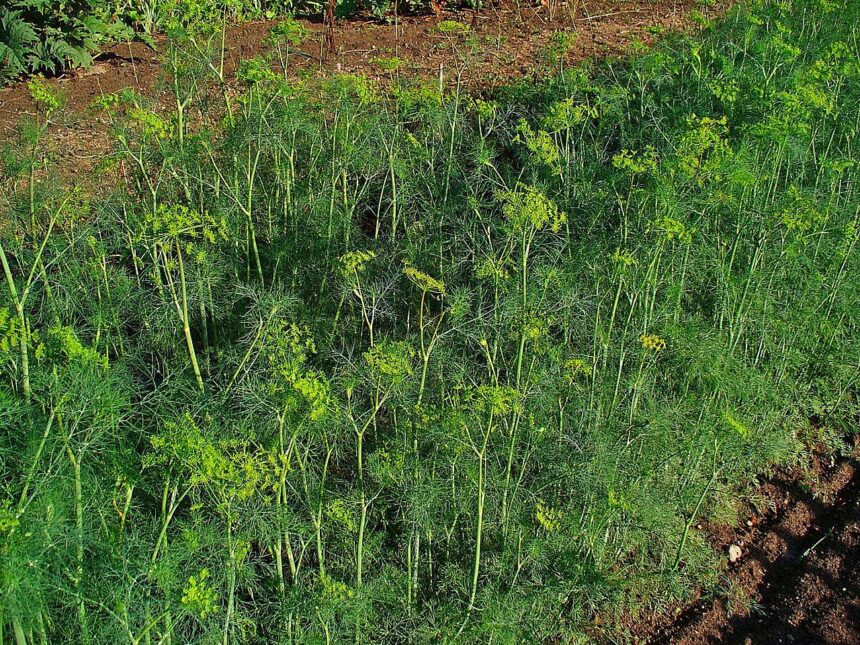Dill (Anethum graveolens) is a popular herb known for its aromatic leaves and culinary uses. However, aphids can pose a significant threat to your dill plants, sucking out essential nutrients and potentially spreading diseases. Recognizing the early signs of aphid infestation is crucial for effective management and ensuring the health of your dill. Here are ten early signs that your dill is attracting aphids:
1. Sticky Residue (Honeydew)
One of the first signs of aphids is the presence of a sticky substance on your dill leaves and surrounding surfaces. This sticky residue, known as honeydew, is excreted by aphids as they feed on the plant. If you notice a shiny film on the leaves or on nearby surfaces, it may indicate an aphid infestation.
2. Distorted or Curling Leaves
Aphids feed on the sap of the plant, which can cause the leaves to become distorted, curled, or warped. If you observe unusual leaf shapes or curling edges, it could be a sign that aphids are feeding on your dill.
3. Yellowing Leaves
As aphids sap nutrients from your dill, the leaves may start to yellow. This yellowing, known as chlorosis, is a clear indication that the plant is stressed. If you notice your dill plants losing their vibrant green color, check for aphids.
4. Presence of Ants
Ants are often attracted to aphids because they feed on the honeydew they excrete. If you see an increased number of ants around your dill plants, it may indicate that aphids are nearby. Ants may even protect aphids from predators, making their presence a red flag.
5. Small, Soft-bodied Insects
Aphids are tiny, soft-bodied insects that can be green, black, brown, or even pink. Inspect the undersides of the dill leaves and the stems closely for these small insects. If you find clusters of them, it’s a strong indication that your dill is under attack.
6. Wilting Plants
As aphids drain the sap from your dill, the plants may start to wilt due to lack of nutrients and water. If you notice wilting, especially in conjunction with other signs, it’s essential to investigate further for aphid presence.
7. Reduced Growth or Stunted Plants
Aphid feeding can stunt the growth of dill plants, causing them to develop more slowly than usual. If your dill is not growing as expected or seems to be lagging behind, check for aphids and other potential stress factors.
8. Presence of Other Pests
If you notice other pests, such as ladybugs or lacewings, nearby your dill, it may indicate an aphid problem. These beneficial insects are natural predators of aphids, and their presence can suggest that an infestation is already occurring.
9. Mold Growth
The honeydew produced by aphids can lead to the growth of sooty mold on the leaves of your dill. This black mold can hinder photosynthesis and further weaken your plants. If you see black spots on the leaves, check for aphids.
10. Poor Pollination
Dill flowers attract a variety of pollinators. However, if aphids infest your plants, they may disrupt pollination by attracting fewer pollinators to the affected areas. If your dill plants are flowering but not producing seeds or fruits as expected, consider checking for aphids.
Early detection of aphids on your dill is vital for effective management. By being vigilant and observing these ten signs, you can take prompt action to protect your plants from aphid damage. Consider implementing organic control methods, such as introducing beneficial insects, using insecticidal soap, or manually removing the pests. Maintaining healthy dill plants not only ensures a good harvest but also contributes to a thriving garden ecosystem.
Join 'Farmers Mag' WhatsApp Channel
Get the latest Farming news and tips delivered straight to your WhatsApp
CLICK HERE TO JOIN






